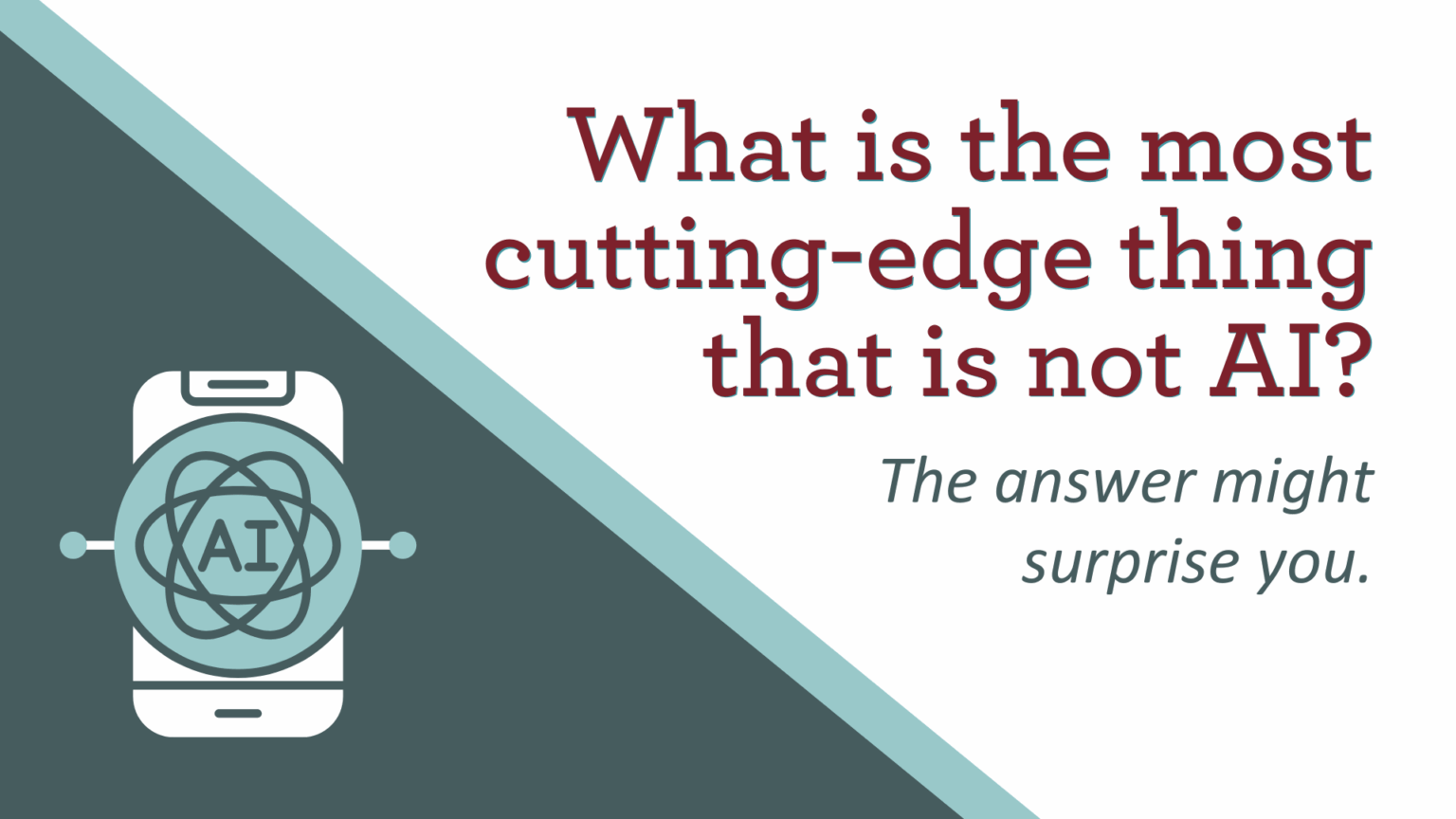Lori Gatmaitan
Senior Consultant
I often receive some version of the same question: “So, what’s cutting-edge in the nonprofit space right now?” They lean in a little when they say “cutting-edge.” The phrase carries a certain shimmer – like we’re about to talk about something involving predictive analytics, blockchain donations, or a generative AI that writes grant proposals while you sleep.
And sure, those things are shiny. But when most people say “cutting-edge,” here’s what they really mean:
“What’s the next big thing that will make fundraising easier, faster, or cheaper (preferably all three) so we can feel like we’re moving forward quickly and winning?”
That’s fair. Nonprofit leaders are under relentless pressure to innovate, to keep pace with technology, to “future-proof” the organization. We’ve been trained to think that innovation equals complexity, and that the best solutions come with buzzwords attached.
And here’s where I usually surprise people.
When I think of "cutting-edge," I don't think new. I think effective.
And the most effective, high-performing organizations I see are doing something radical. They’re doing the basics really, really well.
Let that sink in for a moment. Because this isn’t a sexy answer. You might not put it on a conference panel title. But it’s true.
The New Edge is the Old Edge Done Well
When I say “the basics,” I mean the foundational disciplines that separate organizations that perform from those that perpetually pivot.
Here’s what these cutting-edge fundamentals look like in practice:
They have a clear strategy.
A roadmap that connects mission to money to people. Every part of the organization understands how its work moves the whole forward.
They translate that strategy into time, money, and people.
A strategic plan is only as good as your ability to measure it. Dreams are beautiful but are only good intentions. Good intentions, without clearly defining success, are a recipe for mediocrity. So, what’s the solution? Measure. Why Measurement Matters: The Case for Measuring Success in Strategic Planning
Accountability is something their people seek out.
In these organizations, accountability is a source of pride. Teams ask for and embrace metrics. Successes and failures are transparent and collective. They serve to teach. As we say at Benefactor Group, “A defect is a treasure.”
They measure what matters.
It begins with knowing what matters. That is (or should be) captured in the strategic plan, which in turn informs other plans such as fundraising and stewardship. They know their multi-year donor retention rates, pipeline health, campaign ROI, donor engagement, etc. The measures live in dynamic reports and dashboards and are a part of every meeting.
They treat data like an asset.
Leaders at “cutting-edge” organizations see the value in data, and they invest in it. They build the culture, systems, and skills to use it wisely. They protect it, govern it, and learn from it. Data is not relegated to the back office; it’s a leadership competency.
That, to me, is what cutting-edge looks like. It’s not the next new shiny tool. It’s the discipline.
Why Doing the Basics Well Feels So Hard
If it sounds simple, that’s exactly the point. Most organizations don’t fail because they lack access to innovation – they fail because they underestimate execution. It’s human nature. It reminds me of a phrase I heard regarding project planning, “Never enough time to do it right. Always enough time to do it over.”
We are tempted to chase transformation before mastering translation: how a strategy becomes a budget, how a budget becomes activity, how activity becomes outcomes.
We roll out new CRMs, new dashboards, new campaigns and for those tools to deliver real value, everyone must know what “good” looks like. That clarity isn’t created by technology; it’s driven by alignment. The most effective organizations aren’t the ones with the newest platforms – they’re the ones where every person understands the strategy and how their daily work brings it to life.
I’m a technologist. I love the new, shiny stuff, At the same time, I know that tech is a means to an end. As I like to say, “There is no such thing as a technology project.” There are mission projects that sometimes require tech to be realized.
When someone says, “We need better tools” that might be true. It also might be true that you need better habits.
What “Cutting-Edge” Actually Looks Like
Let’s reframe it. “Cutting-edge” doesn’t have to mean leading-edge technology. It means your organization operates with clarity, focus, and courage.
Here’s what that really looks like:
- A board that understands data enough to ask good questions.
- A leadership team that aligns around priorities and resists the urge to react to every shiny opportunity.
- Gift officers who know exactly where to spend their time because their portfolios are clean, tiered, and right-sized.
- A culture where “what does the data say?” is an invitation, not a challenge.
If that sounds basic, good.
An expert loves the mundane because that is where excellence lives.
If you’re interested in learning more about how Benefactor Group’s nonprofit technology consulting services might support your organization, connect with us today. We’d love to talk.





